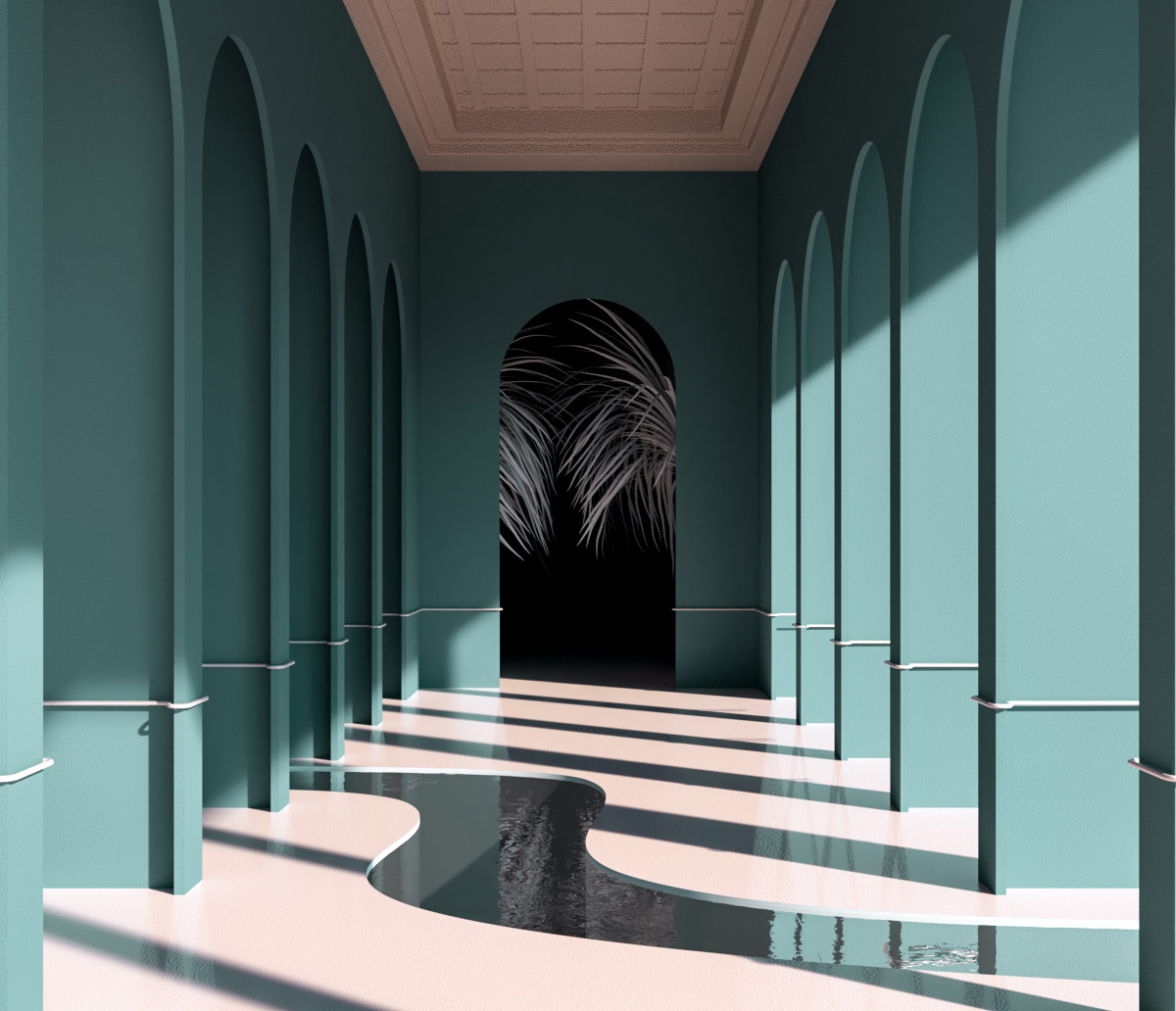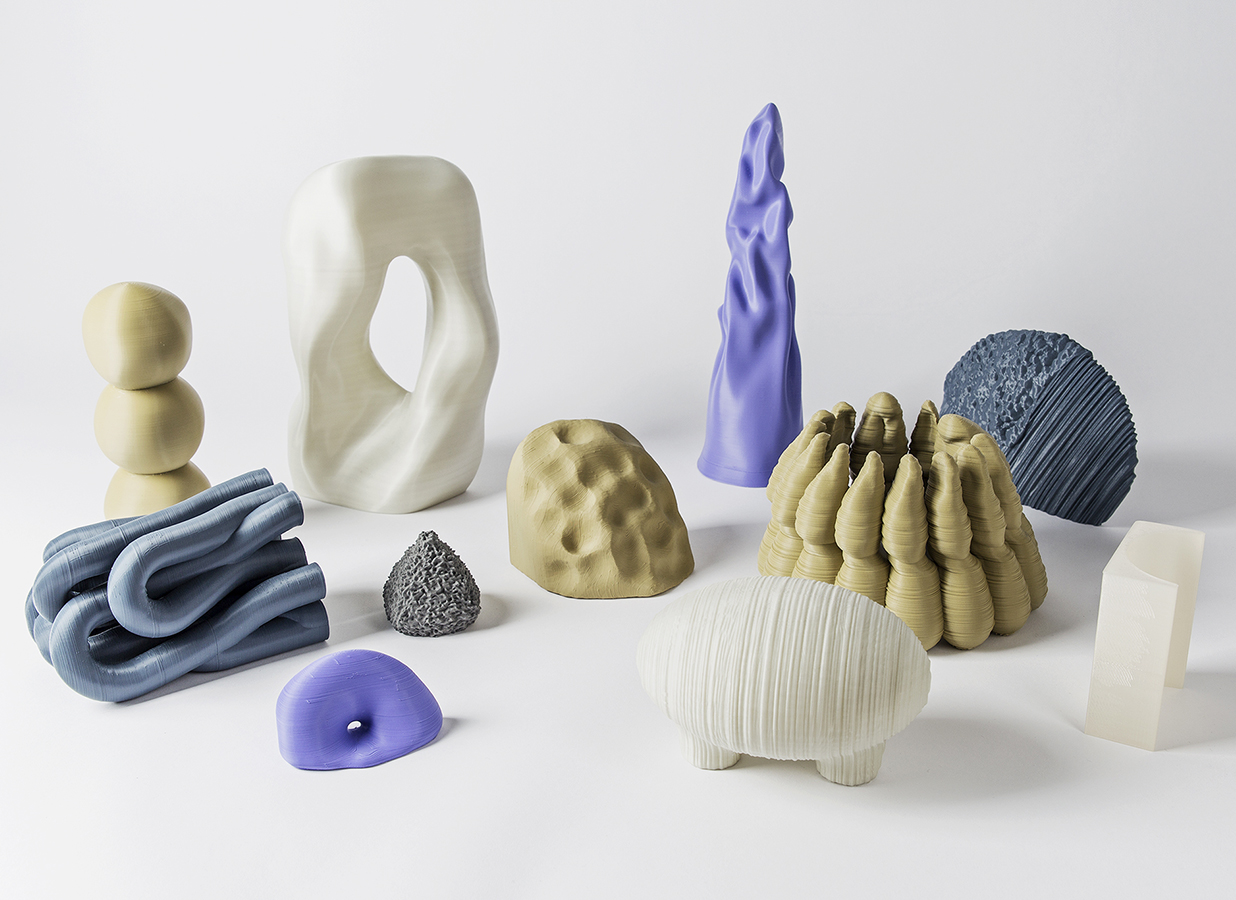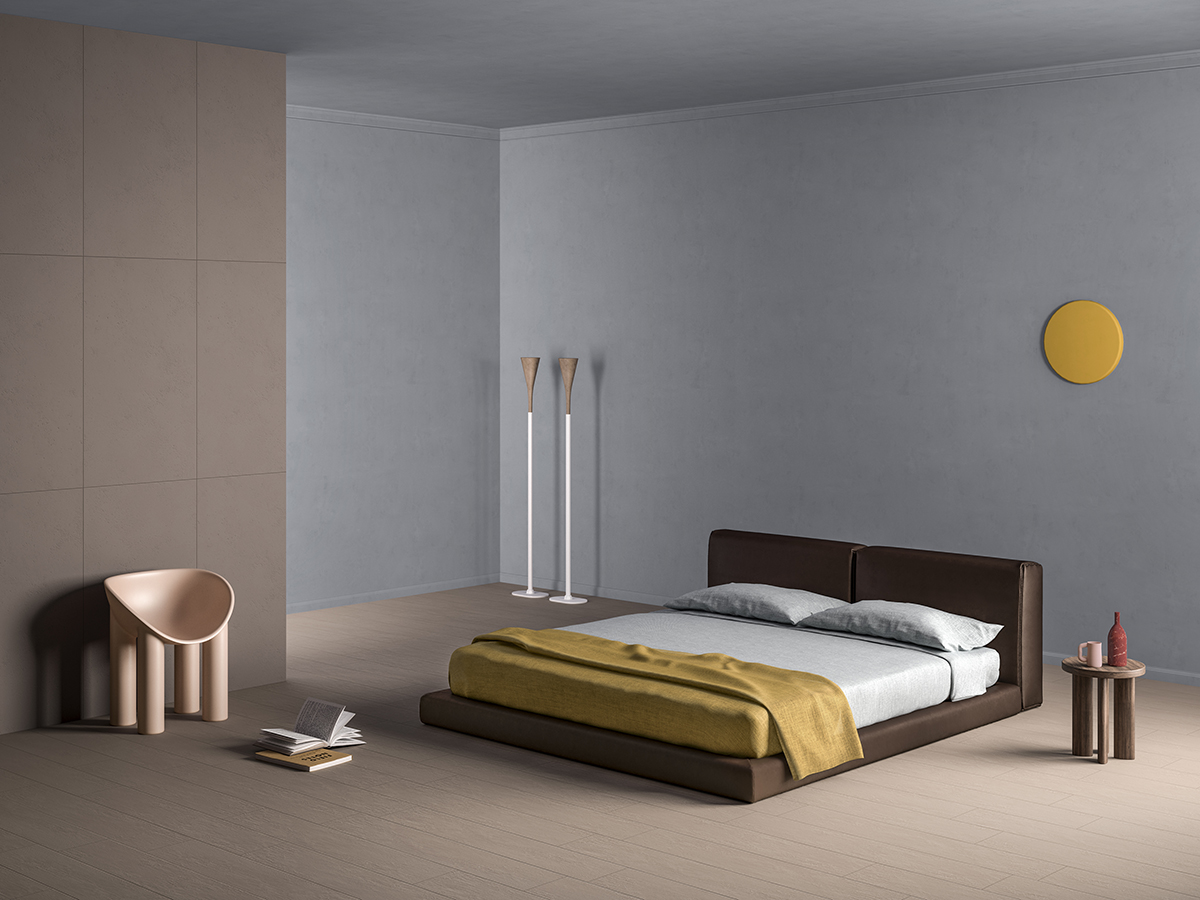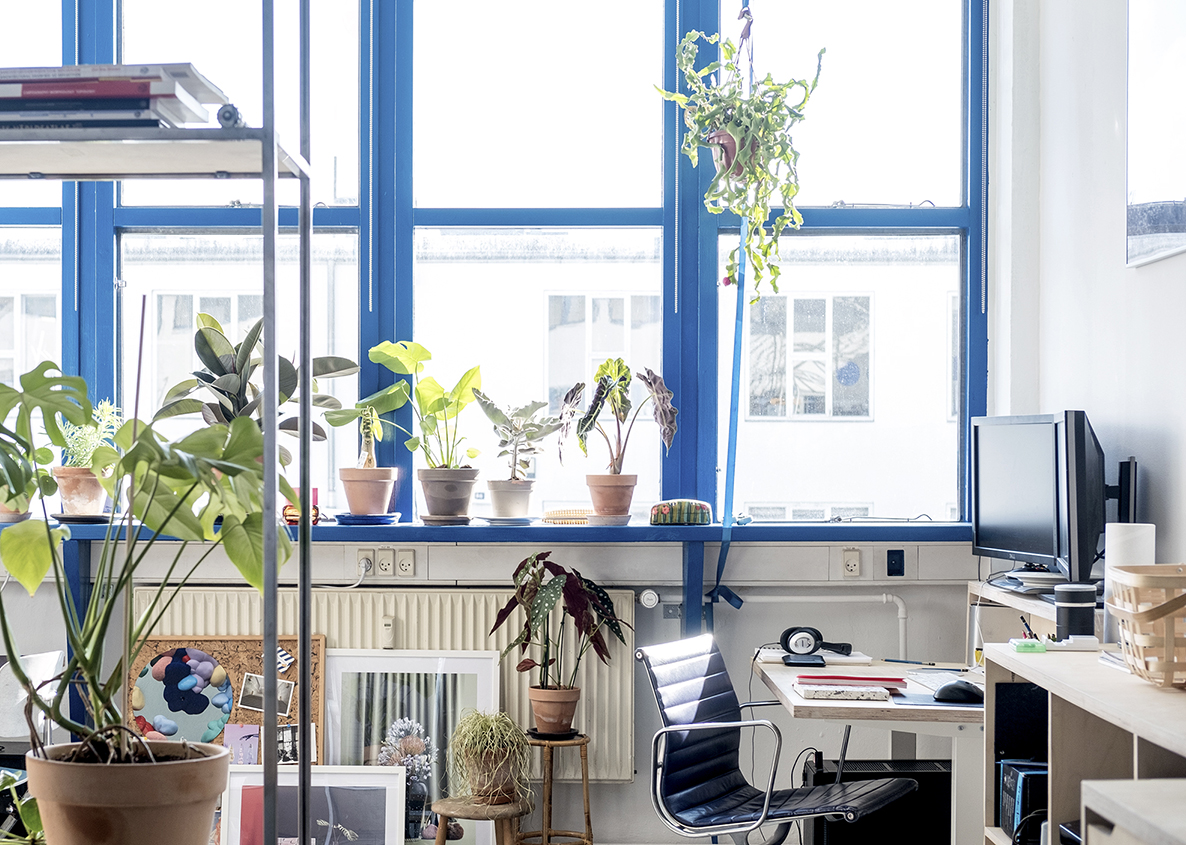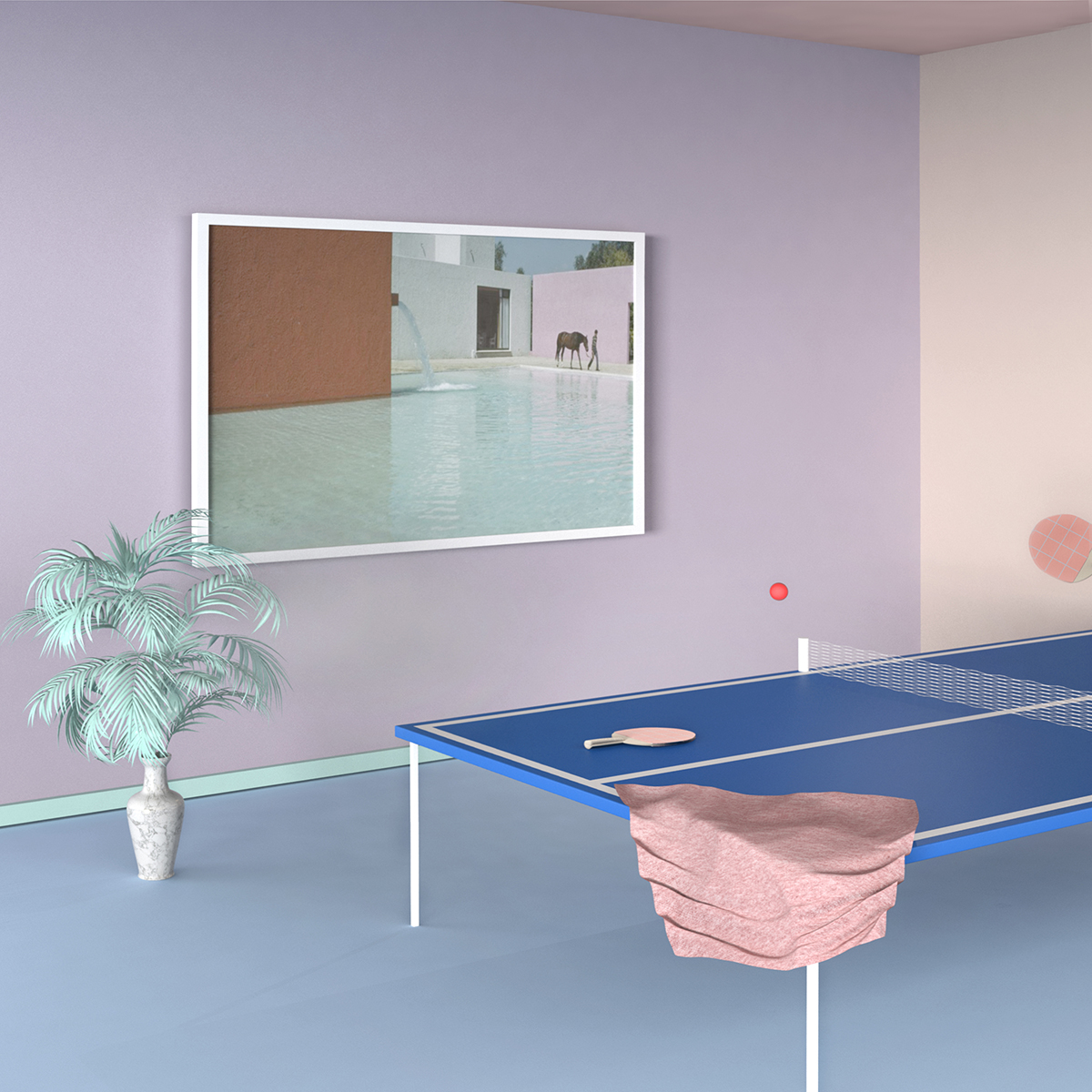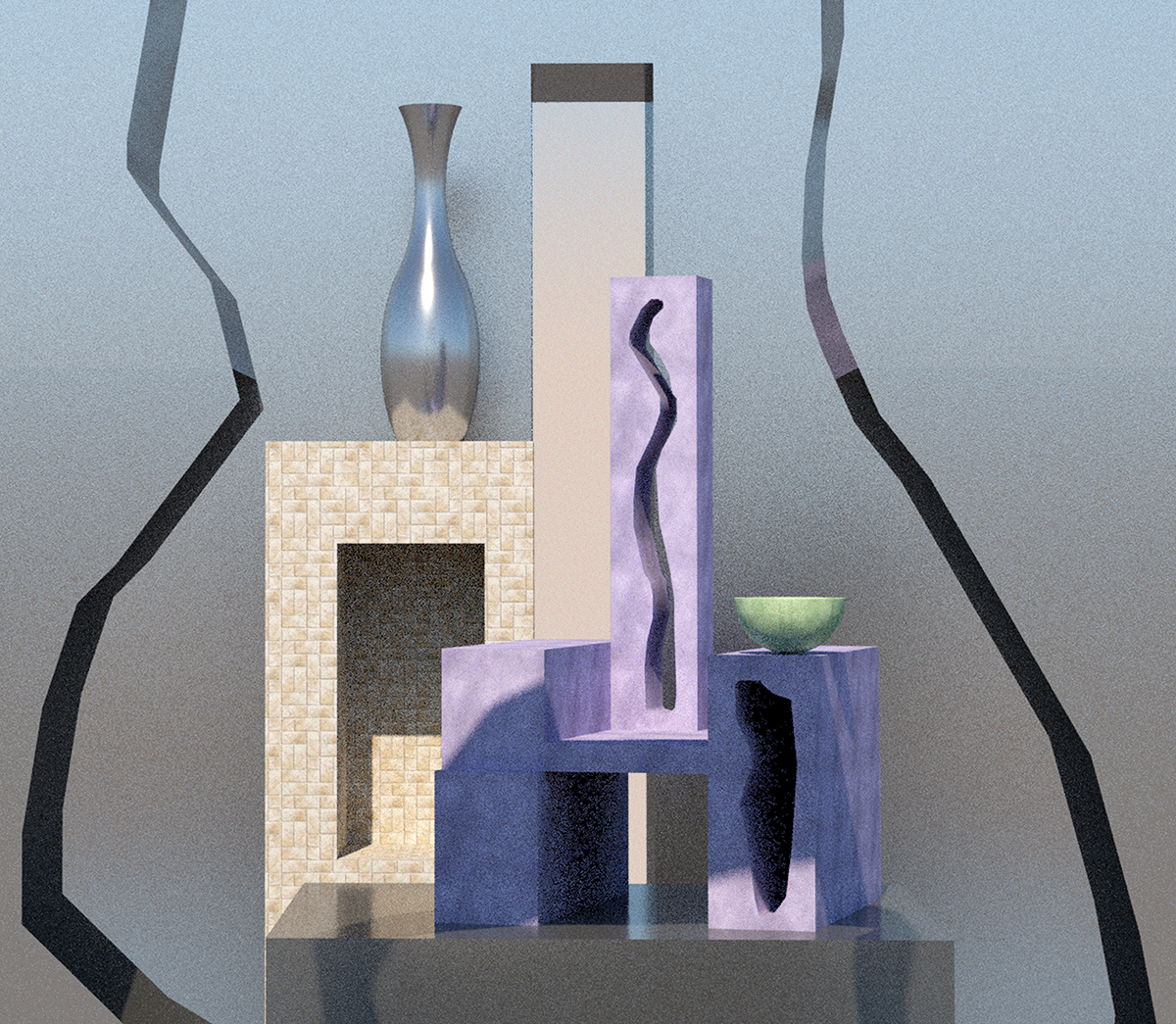
07.26.18
Eye Candy
In a New Series, A Sicilian Still-Life Artist Says Goodbye to Beige
The Sicilian-born, London-based designer Oscar Piccolo has a self-professed obsession. He is compelled to take vases and arrange them just so, manipulating how the light shines through, meticulously moving through tableaux until arriving — ecstatically — at just the right one. This fascination, he admits, “is becoming a bit of a problem.” Yet at the core of this compulsion is a relatively simple proposition: “All in all, my work explores the relation between objects and their positioning.”
